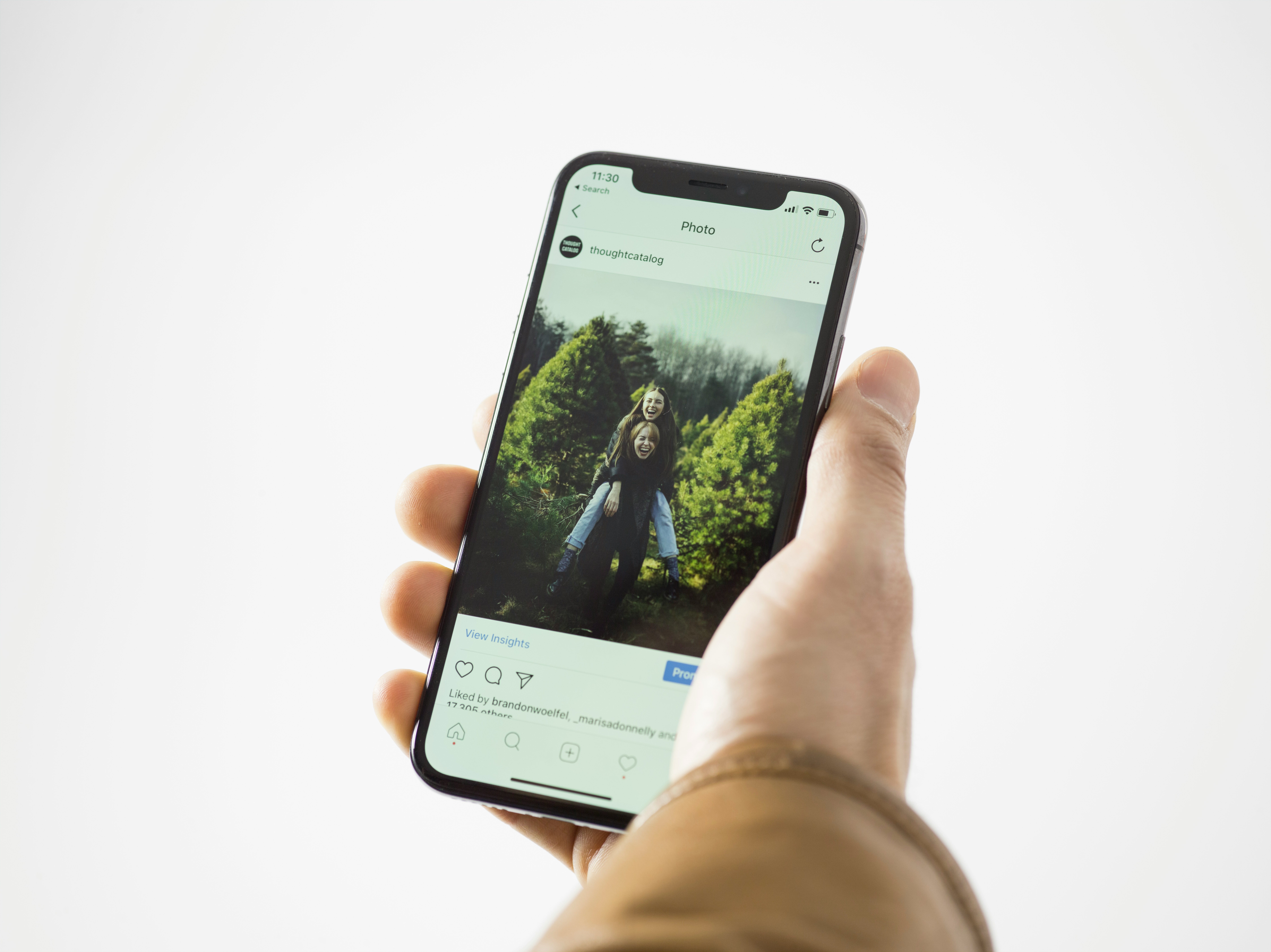How Does the Instagram Algorithm Work in 2024?
Published on
July 4, 2025

What is the Instagram algorithm?
You often hear that content ranking on Instagram is based on “the algorithm.” In reality, there is no one master algorithm dictating what you see in the app. The content is ranked based on several different algorithms and takes into account hundreds of different factors, such as location, device, what’s trending, and how different profiles interact with the app and its content.
How does Instagram direct content to people?
- Infers interest from similar content—Instagram looks at how the user has engaged with similar content in the past, taking into account product interaction behaviours such as likes, views, view duration, saves, shares, follows, link clicks, etc.
- Measures popularity—This looks at a post's momentum, i.e., how quickly it is gathering engagement in terms of shares, saves, comments, etc.
- Relationship between profiles—Instagram looks at the past history between you, the creator, and a potential viewer. Has this person commented on your content before or sent you several DMs?
- Overall relevance - How does the post fit into what’s generally trending on Instagram, and how recently was it posted?
What changes are there to the Instagram algorithm in 2024?
- A more balanced feed—Users felt their feeds were overwhelmed with Reel content, so Instagram has shifted the weighting of different types of content by the recommendation algorithms. They’re now surfacing a greater variety of content, such as Stories and static posts.
- Chronological feeds from people you follow - users in Europe have the option to sort their feeds by most recent posts and they can also opt to only view content from people they follow. This puts a greater emphasis on being engaged with your followers (making sure you’re responding to comments) and making sure you’re posting regularly, keeping your profile fresh with frequent new content.
- It’s easier for a new account to grow - similar to how Tiktok works, Instagram puts new posts through a series of tests, starting off with a small sample size of users and gradually exposing the content to incrementally larger audiences depending on how it performs. These audiences will be shown this content based on a prediction of how interested they are likely to be in it, and that doesn’t necessarily mean they follow the account to begin with. This means if you’re just starting out or are still trying to grow a less established account, you could have a greater chance of going viral and growing your reach.
- Repost accounts are getting targeted - Instagram is removing reposted content from feeds and will replace the reposted content with the original post from the original creator. This is unlikely to affect you as a brand, since it applies to accounts which are sharing content that is not their own more than 10 times in 30 days. However, it is something to be wary of as you could unintentionally get penalised, if you’re regularly resharing content with permission from your community. The reason for this update is to target aggregator accounts that are stealing engagement from the original creators. Instagram will also be adding an automatic label which will credit the original poster.
- Replays count - the view count used to only be based on the first time a video was watched but now the number of times a video is replayed counts towards the total view count.
- You’re penalised for watermarks - Instagram is encouraging people to create unique content inside their platform. This means your videos are penalised if there’s a watermark left from video editing apps or from exporting your video from Tiktok.
What are general good practices for posting content in 2024?
- Consistency—Frequency is less of a factor; the main factor is consistency in the amount you’re posting. Instead of worrying about maintaining a rigorous posting schedule, you’re better off posting good-quality content less often but keeping the frequency consistent. Then, once you get into a good rhythm, you can scale things up.
- Don’t be afraid to experiment—it’s a place where you can have some fun and stretch the boundaries of your brand. Don’t feel you need to strictly mirror what you’re doing on your website or within your product—instead, you should be trying new and creative ways to get in front of your ideal audience (particularly given that social media users grow wary of overly commercialised content).
- Capture attention fast - it can be easy to get distracted by metrics and optimising for the algorithm, that you can often forget that it’s a person on the other side of the screen looking to feel something from the content they’re looking at, whether it’s looking to be entertained or to learn something new. Quality content is what wins out in the end.
- Nurture your audience - respond to comments and DM’s. Instagram likes it because the more people are engaged with content, the longer they stay on the platform. And users like it, as they feel seen, even if you’re a small brand.
Image credit: Thought Catalog
Explore Our Latest Insights
Stay updated with our latest articles and resources.


Partner

with

Pepper

Ready to elevate your marketing strategy?
Let’s add some spice to your next campaign 🌶️



.png)


